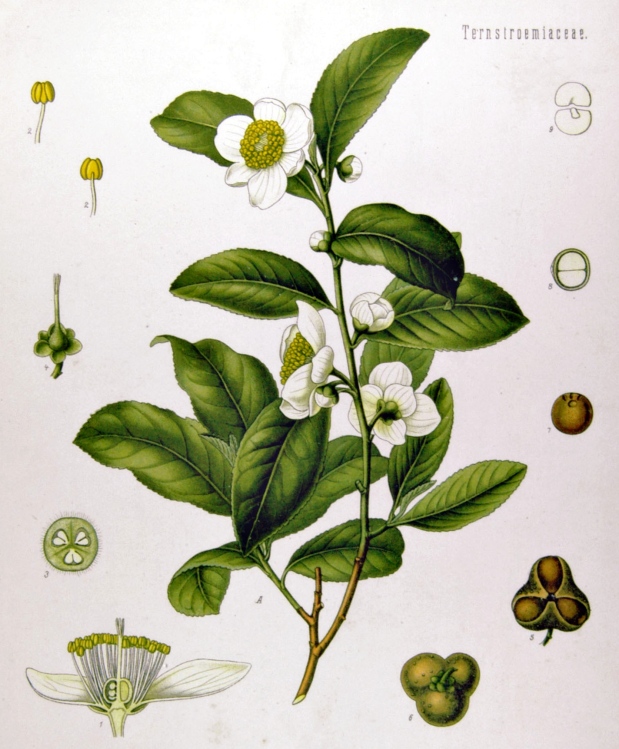I have wanted to write a post about this issue for a while, but felt I had to do some background reading first. Now that I have, it’s time for this post.
The idea of selling loose leaf tea is a personal motivation of mine. I am an environmentally and health conscious person who tries to lessen my impact on the world where possible. I also understand that the world we live in, it’s not always possible to do this all time but by being mindful and doing what I can is a start.
So, I could easily sell bagged tea and I’m sure people would buy it, however the reasons for only selling loose are more in line with my personal, social and environmental concerns which of course influence the type of business I would like to run. I’m not in this to ‘make a quick buck’ and my social conscious doesn’t allow me to sell items which I feel are causing harm to people or the environment. It’s a tricky scenario and it can be difficult to avoid affecting something/someone somewhere, however all you can do is try your best to be as socially conscious as possible.
Anyway, the question today that I want to discuss is loose or bagged? This isn’t even a new topic, it’s been in discussions for years now, but I still get asked why my tea is not bagged and why it’s just loose tea that I sell, so with that in mind I think it’s still a relevant discussion.
There are 2 main reasons why I think loose is better than bagged.
1. It tastes better because it’s a better quality tea. When I tell people about my tea shop they always assume that the tea is bagged. I have to explain that all tea begins as loose and is processed to end up bags. The leaves are initially whole and then packed into large bags to be sold as whole loose leaf tea. This has a huge effect on the taste, in my opinion. The whole leaves represent the top quality tea, and as the remaining leaves are picked, processed and bits fall off, are cut and crushed into smaller pieces etc, the remaining bits (fannings & dust) are collected at the end and put into the lower grade teas and teabags.
2. Bagged teas are wasteful and not environmentally friendly. Think about the packaging involved just to make one cup of tea. All the paper, staples, plastic and ink. Just to wrap up one little teabag in an individual bag and then put those bags in a box and cover it in plastic? Even the new teabags with loose tea inside are not always what they might appear to be. There have been a few discussions online (here & here) about this issue and it appears a few tea companies have now decided to take out the ‘biodegradable’ label from the teabag description as it’s misleading. There was also an article in the Guardian which highlighted the issues involved with composting teabags.
Have you had problems composting or what do you think about teabags?
So there you have it. Two reasons why we only sell loose leaf tea at teageeks.com and I won’t say that we’ll never use teabags and I am looking to find teabags that you can use at home to make your tea and to make tea for on-the-move, but the search continues for a safe and environmentally friendly option. Do you know of any? Let me know!
Read more at wikipedia about the different types of grades of tea here.



